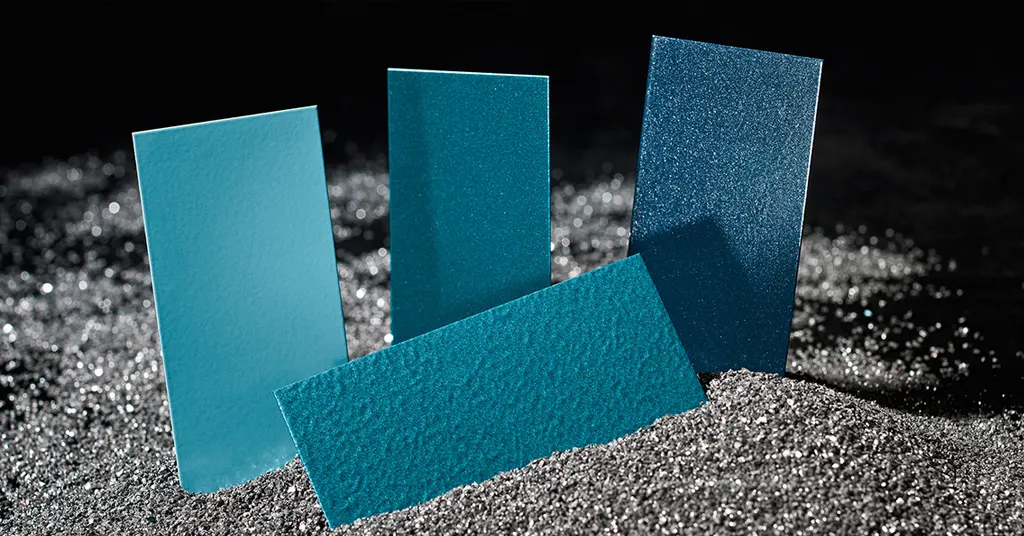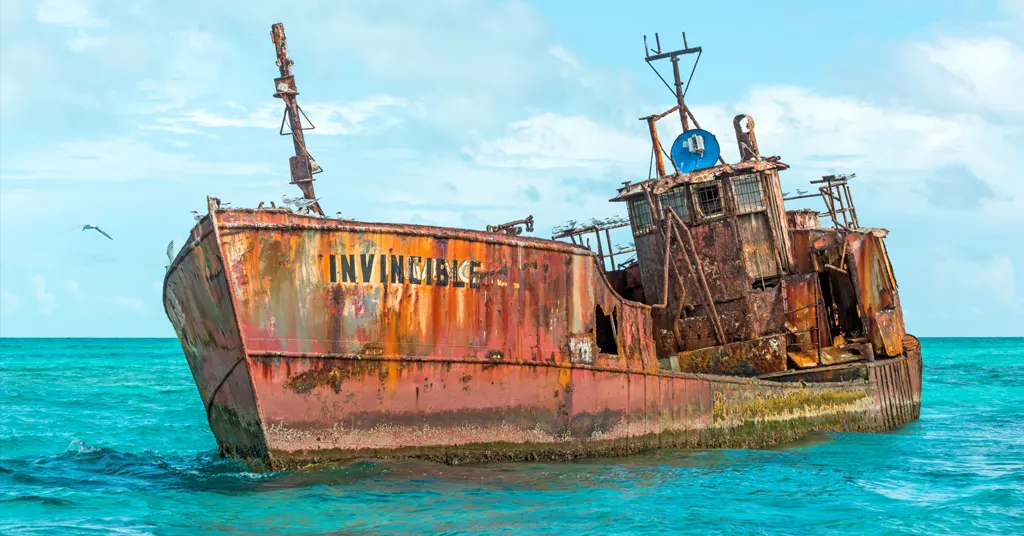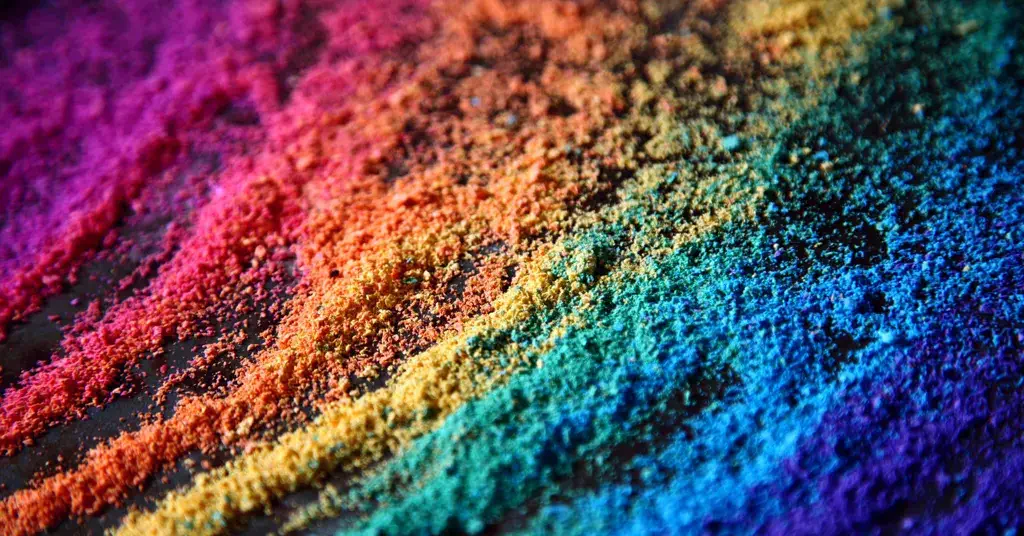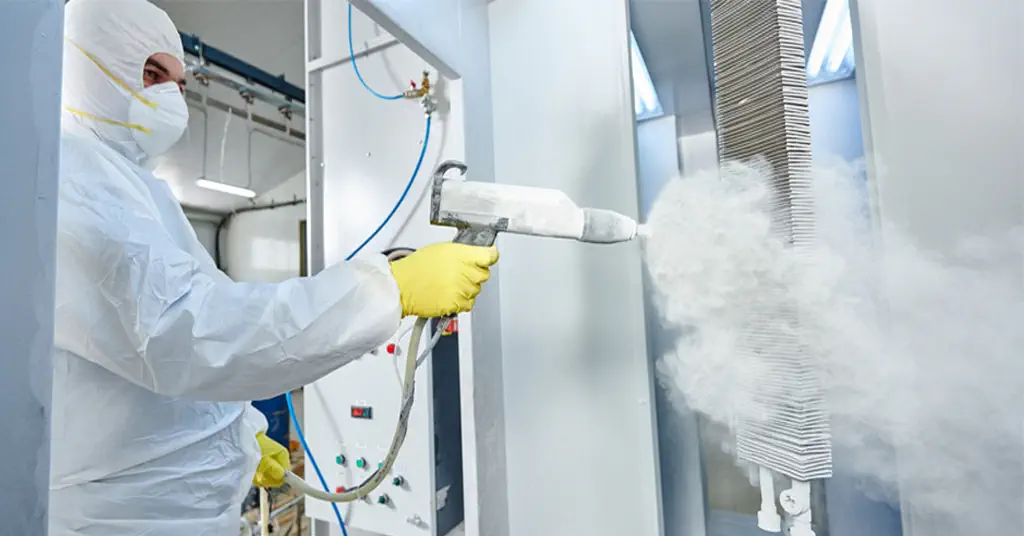Typical Applications of Powder Coating on Marine Steel Surfaces
Marine steel surfaces face harsh conditions. Saltwater, humidity, UV exposure, and mechanical stress can cause corrosion, leading to safety risks and high maintenance costs. Powder coating has become a trusted solution for protecting ships, offshore platforms, and marine equipment.
But where exactly is powder coating used in marine applications? This article explores the typical applications of powder coating on marine steel surfaces, highlighting its benefits and suitability for various scenarios.
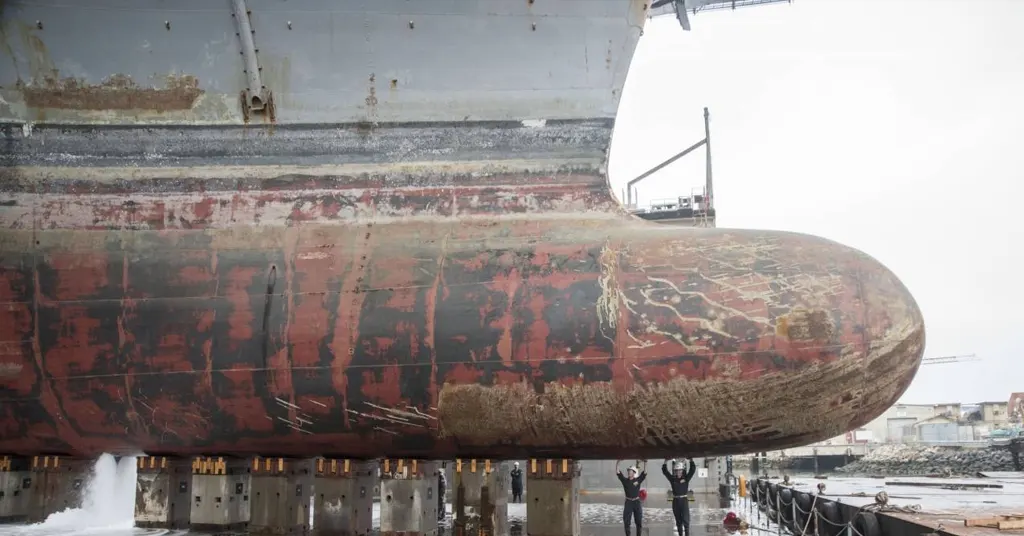
Why Powder Coating Is Ideal for Marine Steel Surfaces
Powder coating is a dry finishing process. It uses electrostatically charged powder particles that are sprayed onto a surface and cured under heat. The result is a durable, protective layer that resists corrosion, chemicals, and UV damage.
In marine environments, powder coatings offer:
- Corrosion Resistance: Protects steel from rust caused by saltwater and humidity.
- UV Resistance: Withstands sunlight exposure without fading or cracking.
- Impact Resistance: Handles mechanical stress from waves, collisions, and equipment.
- Eco-Friendly Benefits: Emits minimal volatile organic compounds (VOCs), complying with environmental regulations.
Understanding its applications helps marine operators choose the right coating for their needs.
1. Ship Hulls (Below Waterline)
Ship hulls are constantly exposed to seawater, making them prone to corrosion. Powder coating is widely used to protect hulls below the waterline.
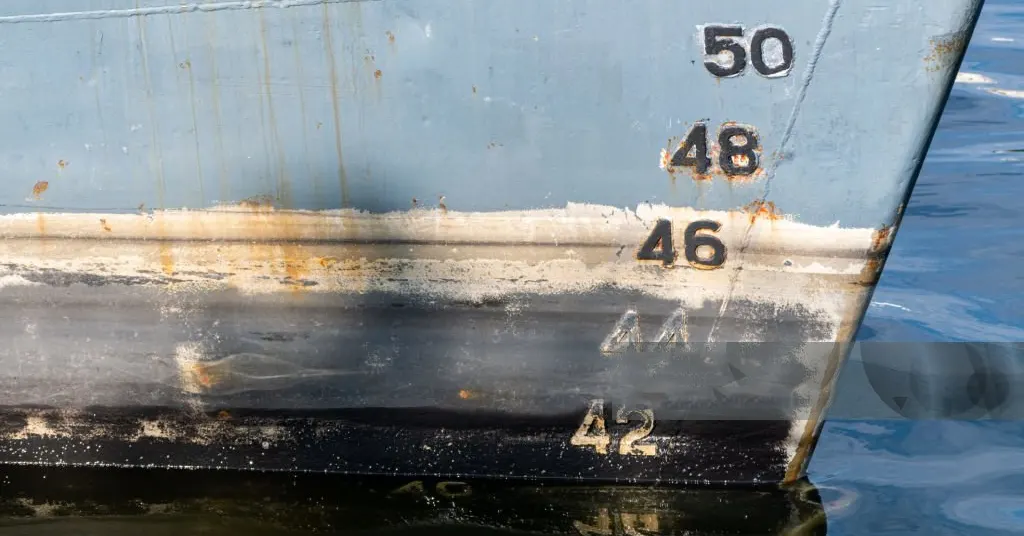
Why Powder Coating Works
- Barrier Protection: Epoxy-based powder coatings create a thick, uniform barrier. This prevents water, oxygen, and salts from reaching the steel.
- Chemical Resistance: They resist damage from saltwater and marine pollutants.
- Durability: Powder coatings last longer than traditional paints, reducing maintenance needs.
Key Features
- Epoxy or zinc-rich powder coatings are preferred for their corrosion resistance.
- Coating thickness (80–120 microns) ensures long-term protection.
- Meets ISO 12944 standards for corrosion protection in marine environments.
2. Ship Decks and Walkways
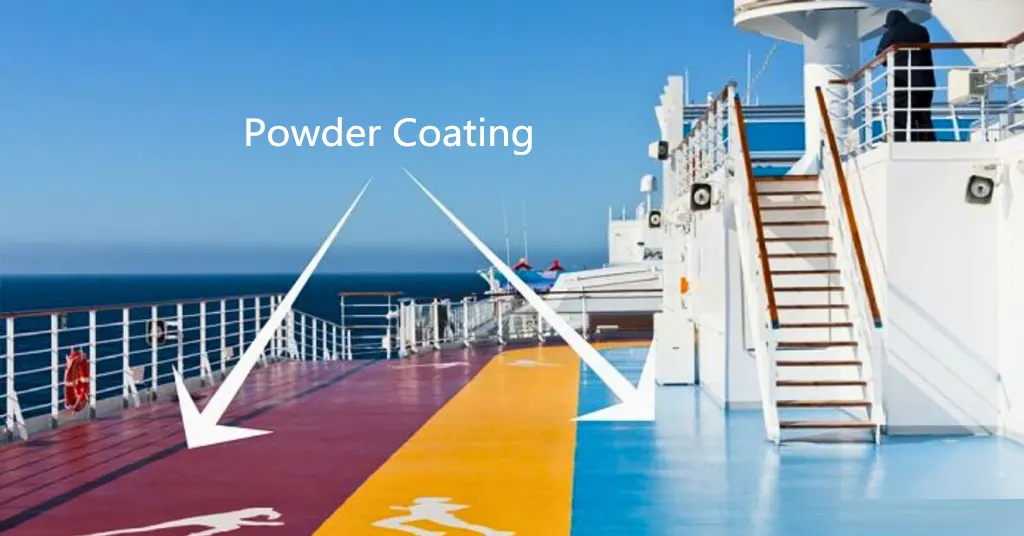
Ship decks and walkways face sunlight, mechanical stress, and occasional saltwater exposure. Powder coating is ideal for these above-water surfaces.
Why Powder Coating Works
- UV Resistance: Polyester or polyurethane powder coatings resist fading and chalking under sunlight.
- Abrasion Resistance: They withstand wear from foot traffic, equipment, and cargo handling.
- Aesthetic Appeal: Available in various colors and finishes, enhancing the ship’s appearance.
Key Features
- Polyester coatings are ideal for UV-exposed areas.
- Polyurethane coatings offer extra durability for high-wear zones.
- Non-slip additives can be included for safety on walkways.
3. Railings and Handrails
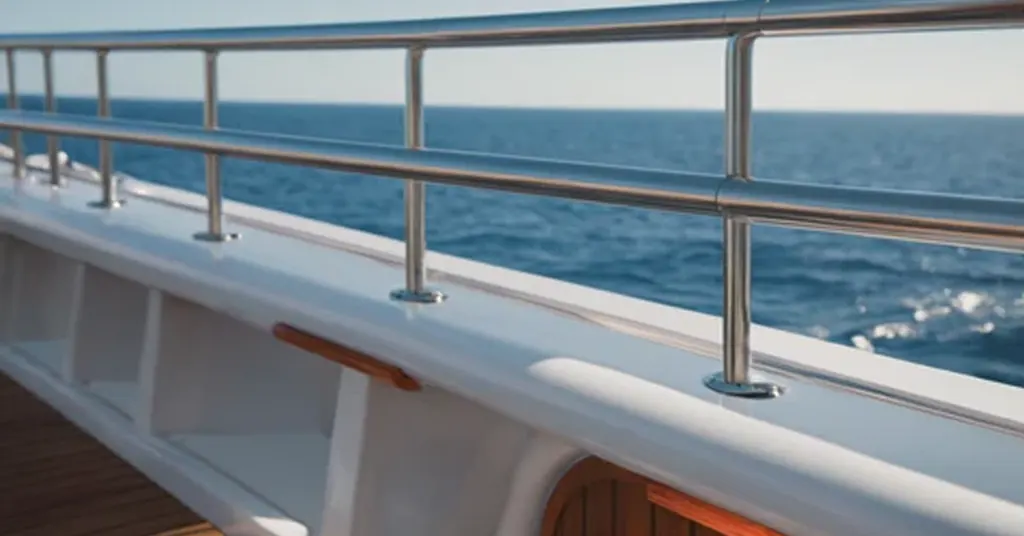
Railings and handrails on ships are exposed to sunlight, humidity, and physical contact. Powder coating protects these steel components while maintaining their appearance.
Why Powder Coating Works
- Weather Resistance: Polyester coatings resist cracking and peeling in humid or thermal stress conditions.
- Corrosion Resistance: They protect against rust caused by saltwater spray.
- Color Retention: Powder coatings maintain their color and gloss over time.
Key Features
- Polyester powder coatings are preferred for UV resistance.
- Coating thickness (60–80 microns) ensures adequate protection.
- Decorative finishes enhance the ship’s design.
4. Marine Equipment and Machinery
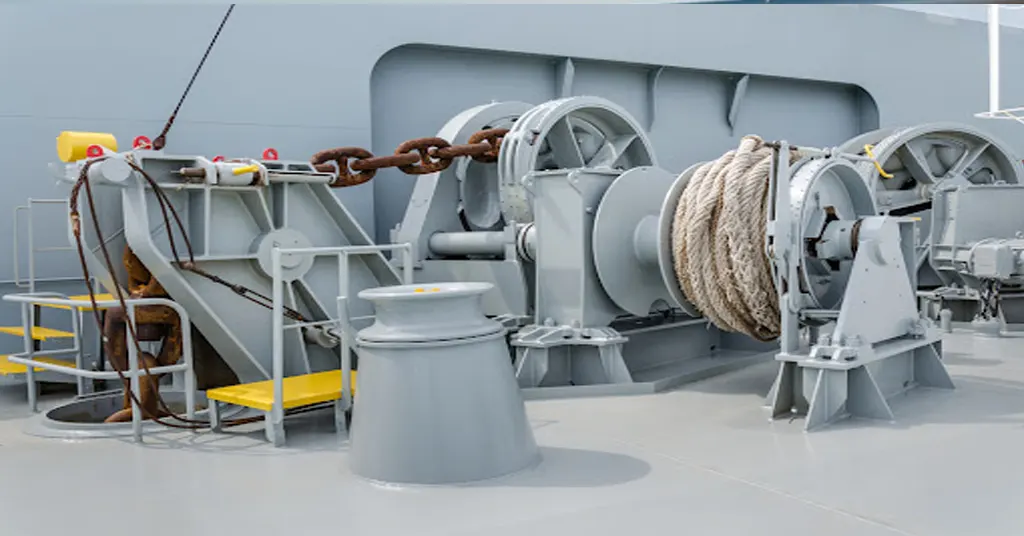
Marine equipment like cranes, winches, valves, and pumps face mechanical stress and chemical exposure. Powder coating protects these steel components from wear and corrosion.
Why Powder Coating Works
- Impact Resistance: Polyurethane coatings withstand collisions and heavy use.
- Chemical Resistance: Epoxy coatings resist damage from marine chemicals and lubricants.
- Abrasion Resistance: They handle wear from moving parts and equipment operation.
Key Features
- Polyurethane coatings are ideal for high-impact areas.
- Epoxy coatings are used for chemical resistance.
- Zinc-rich primers enhance corrosion protection for critical components.
5. Offshore Platforms and Structures
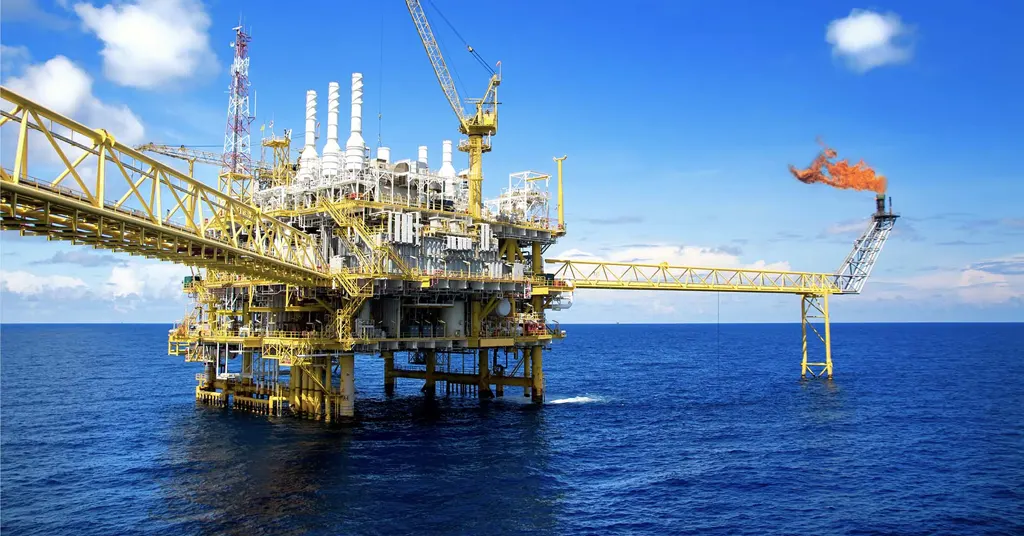
Offshore platforms, such as oil rigs and wind turbines, face extreme marine conditions. Powder coating protects steel surfaces from corrosion and environmental damage.
Why Powder Coating Works
- Galvanic Protection: Zinc-rich powder coatings act as a sacrificial anode, protecting steel from rust.
- UV Resistance: Polyester or polyurethane coatings withstand sunlight exposure on above-water surfaces.
- Durability: Powder coatings last decades in harsh offshore environments, reducing maintenance costs.
Key Features
- Zinc-rich primers are used as base coats for underwater steel.
- Polyester or polyurethane topcoats protect above-water surfaces.
- Meets NORSOK M-501 standards for offshore applications.
6. Marine Pipelines and Storage Tanks
Marine pipelines and storage tanks are exposed to seawater, chemicals, and pressure. Powder coating protects these steel structures from corrosion and wear.
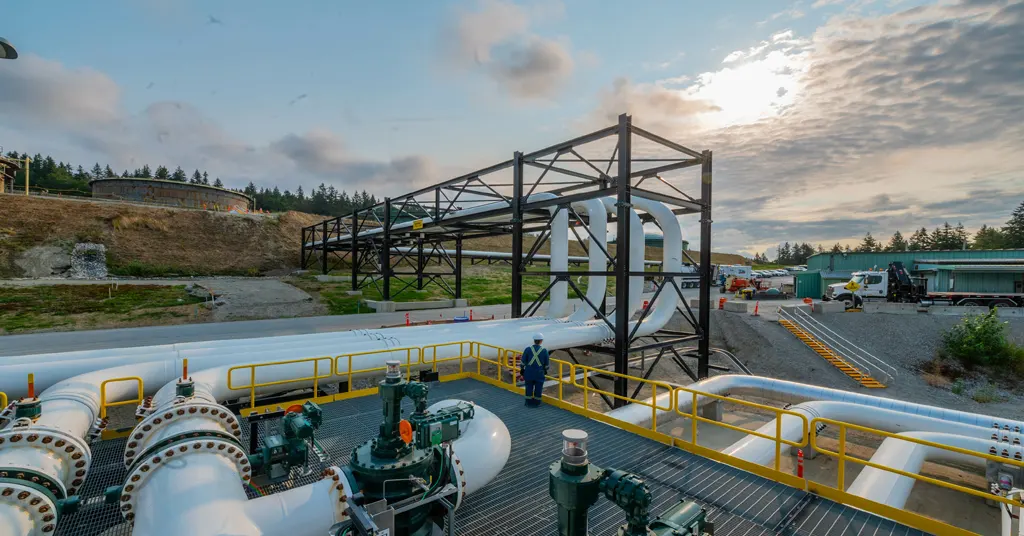
Why Powder Coating Works
- Corrosion Resistance: Epoxy coatings create a strong barrier against seawater and chemicals.
- Impact Resistance: Polyurethane coatings withstand mechanical stress from installation and operation.
- Longevity: Powder coatings reduce the need for frequent recoating, minimizing downtime.
Key Features
- Epoxy coatings are ideal for underwater pipelines.
- Polyurethane coatings are used for above-ground tanks.
- Coating thickness (100–150 microns) ensures maximum protection.
7. Ship Interiors and Cabins
Ship interiors, including cabins and storage areas, require coatings that balance protection and aesthetics. Powder coating is used for steel surfaces in these areas.
Why Powder Coating Works
- Corrosion Resistance: Epoxy-polyester hybrid coatings protect against humidity and condensation.
- Aesthetic Appeal: Available in various colors and textures, enhancing interior design.
- Fire Resistance: Some powder coatings offer fire-retardant properties for safety.
Key Features
- Epoxy-polyester hybrid coatings balance corrosion and UV resistance.
- Coating thickness (50–70 microns) is sufficient for interior applications.
- Decorative finishes improve the ship’s interior environment.
Challenges and Solutions in Marine Powder Coating Applications
Challenge 1: Coating Thickness on Complex Shapes
Complex steel structures, like railings and equipment, can be hard to coat evenly. Use advanced spray equipment and skilled applicators for uniform coverage.
Challenge 2: Surface Preparation in Harsh Conditions
Marine environments make surface preparation difficult. Use portable sandblasting equipment or chemical cleaners for on-site preparation.
Challenge 3: Coating Damage During Transport
Ships and equipment may experience coating damage during transport. Apply protective films or touch up damaged areas with compatible coatings.
Conclusion
Powder coating is a versatile solution for marine steel surfaces. It protects ship hulls, decks, railings, equipment, offshore platforms, pipelines, and interiors from corrosion and environmental damage. Its durability, eco-friendly benefits, and aesthetic options make it ideal for harsh marine conditions.
Have Anything To Ask Us?

